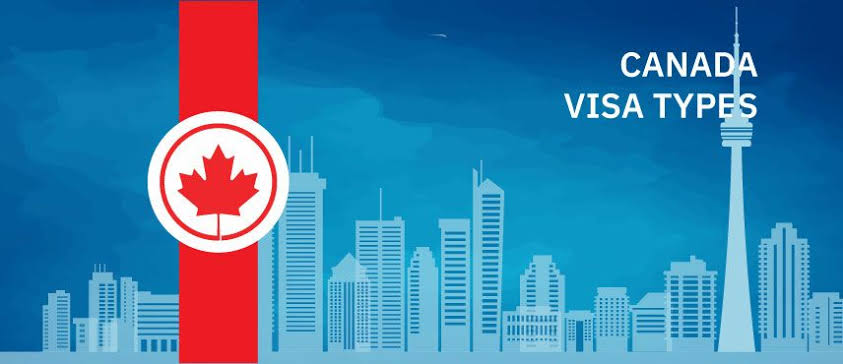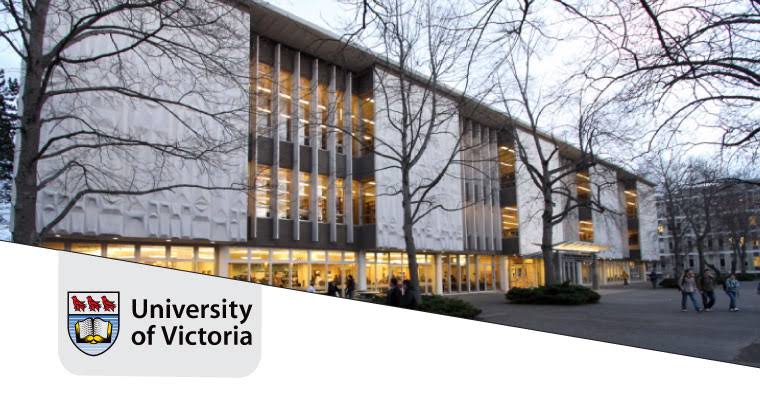Canada has long been recognized as a welcoming and inclusive country, offering a wide range of immigration options for people seeking better opportunities, safety, or simply a change of environment. With its stable economy, excellent healthcare, and high-quality education, Canada attracts millions of visitors, students, and workers each year. However, entering the country requires the appropriate visa based on the purpose and duration of stay.
Canadian immigration policy is structured to serve various needs, from short-term visits to long-term settlement. The visa system includes multiple streams, each with its own requirements, processing times, and long-term implications. Whether you’re coming to explore, study, work, or reunite with family, understanding the different visa categories is crucial.
In this guide, we’ll walk through the key types of Canadian visas available as of July 2025, offering insight into their purpose, eligibility, and recent changes.
Temporary Resident Visa (TRV)
A Temporary Resident Visa, or TRV, is one of the most common visas issued by the Canadian government. It is intended for individuals who wish to visit Canada for a short period, usually up to six months. This includes tourists, those visiting family or friends, and people attending conferences or short-term training sessions.
The TRV does not grant permission to work or study unless those activities are explicitly authorized. For travelers from visa-required countries, a TRV is mandatory before boarding a flight to Canada. On the other hand, citizens of visa-exempt countries can enter with just an Electronic Travel Authorization (eTA), which is a faster and simpler alternative.
Recent improvements in 2025 have made the TRV application process more efficient, thanks to expanded biometric enrollment centers and a more intuitive online system. Nonetheless, applicants must still provide proof of financial means, a clear travel itinerary, and strong ties to their home country to prove they will return after their visit.
While temporary by nature, the TRV plays an important role in facilitating short-term mobility and is often the starting point for many who later return to Canada through other immigration streams.
Student Visa (Study Permit)
Canada’s reputation as a world-class education destination continues to grow, with thousands of international students arriving each year to study at universities, colleges, and technical schools. To attend a program that lasts longer than six months, foreign nationals must obtain a Study Permit, often referred to as a student visa.
This permit is only issued after receiving an acceptance letter from a Designated Learning Institution (DLI) in Canada. Applicants must also prove they can financially support themselves throughout their studies and, in most cases, undergo a medical examination and background check.
In July 2025, Canada updated its student work regulations, now allowing international students to work up to 24 hours per week during academic sessions. This increase helps students better manage living expenses and gain practical experience in their field of study. During scheduled breaks, students can work full-time.
Another advantage of studying in Canada is the pathway to permanent residence through programs such as the Canadian Experience Class or the Provincial Nominee Program. Graduates can apply for a Post-Graduation Work Permit (PGWP), which can be valid for up to three years depending on the length of their academic program.
A Canadian student visa not only opens the door to quality education but also lays the foundation for long-term integration into Canadian society.
Work Visa
Canada’s Work Visa is designed for individuals who want to take up employment in the country. There are two primary types: employer-specific work permits and open work permits. An employer-specific permit limits the holder to a particular job and company, while an open permit provides more flexibility to work for any eligible employer in Canada.
To obtain a work visa, applicants usually need a job offer and, in many cases, the employer must complete a Labour Market Impact Assessment (LMIA) to prove that no Canadian citizen or permanent resident is available to fill the position. Certain categories, such as intra-company transfers or international agreements like CUSMA, are exempt from the LMIA requirement.
Canada has introduced more targeted work permits in 2025 to address labor shortages in critical sectors including healthcare, transportation, skilled trades, and digital technology. Remote work and digital nomad pathways have also gained traction, reflecting modern workforce trends.
Holding a Canadian work visa may also make applicants eligible for permanent residence via the Express Entry system, particularly under the Canadian Experience Class or through a Provincial Nominee Program.
A Canadian work visa provides more than just employment—it’s often the beginning of a permanent journey for individuals and their families.
Super Visa
The Super Visa is a unique immigration stream specifically for parents and grandparents of Canadian citizens or permanent residents. Unlike a standard visitor visa, which allows a six-month stay, the Super Visa permits individuals to remain in Canada for up to five consecutive years without needing to renew their status.
To qualify, the sponsor must meet certain income requirements and provide a written commitment of financial support. Applicants must also obtain private health insurance from a Canadian provider to cover them during their stay. This ensures they don’t become a burden on the public healthcare system.
As of 2025, the Canadian government has made the Super Visa more accessible by approving more local insurance providers and allowing monthly premium payment plans, making it more affordable for middle-class families.
Although it does not lead directly to permanent residence, the Super Visa is ideal for families who want to maintain strong intergenerational bonds without the long delays associated with permanent sponsorship.
Express Entry Visa
The Express Entry system is Canada’s most prominent pathway to permanent residency for skilled workers. It serves as an umbrella platform for three federal programs: the Federal Skilled Worker Program, the Federal Skilled Trades Program, and the Canadian Experience Class.
Candidates create an online profile and are evaluated using the Comprehensive Ranking System (CRS), which scores them based on education, language ability, work experience, and adaptability. Those with the highest scores are invited to apply for permanent residence through regular draws.
In 2025, Canada introduced occupation-targeted draws within the Express Entry system, prioritizing applicants in sectors like healthcare, technology, and green energy. This allows the government to fill specific labor gaps more effectively while still maintaining a merit-based approach.
Express Entry is one of the fastest immigration pathways, with many applications processed within six months. It is also flexible, offering points for Canadian education or work experience, which can significantly increase an applicant’s chances of success.
For skilled professionals seeking long-term residency in Canada, Express Entry remains one of the most streamlined and reliable options available.
Provincial Nominee Program (PNP)
The Provincial Nominee Program allows individual provinces and territories in Canada to nominate candidates for permanent residence based on their specific labor market needs. Each province has its own criteria, streams, and occupational priorities.
Applicants can either apply directly to a province (non-Express Entry stream) or be selected through the federal Express Entry system. A provincial nomination grants 600 additional CRS points, virtually guaranteeing an invitation to apply for permanent residence.
As of July 2025, many provinces have expanded their nominee programs to include remote work streams, rural settlement incentives, and fast-track processing for in-demand occupations such as nursing, long-haul trucking, and IT.
The PNP offers greater flexibility for candidates who may not score high under Express Entry alone but have skills that are urgently needed in specific regions. It also helps spread immigration benefits beyond major urban centers to smaller communities and rural areas.
For those with a clear preference or connection to a particular province, the PNP can be a strategic and rewarding path to permanent residency.
Conclusion
Navigating Canada’s visa system can seem complex, but each program is designed to serve a particular purpose—whether temporary or permanent, personal or professional. From the TRV that allows short visits, to the Super Visa that reunites families, to Express Entry and PNPs that welcome skilled workers, every visa is a stepping stone to opportunity.
As of July 2025, Canada continues to adapt its immigration policies to meet evolving global trends, economic demands, and humanitarian needs. Whether you’re a student, a worker, a parent, or a business-minded innovator, there’s a place for you in Canada’s diverse visa landscape.
Choosing the right visa is the first—and perhaps most important—step toward building a life in one of the world’s most inclusive and forward-thinking countries.
Would you like me to continue with the remaining visa types like Start-Up Visa, Family Sponsorship, and Humanitarian Visa?



